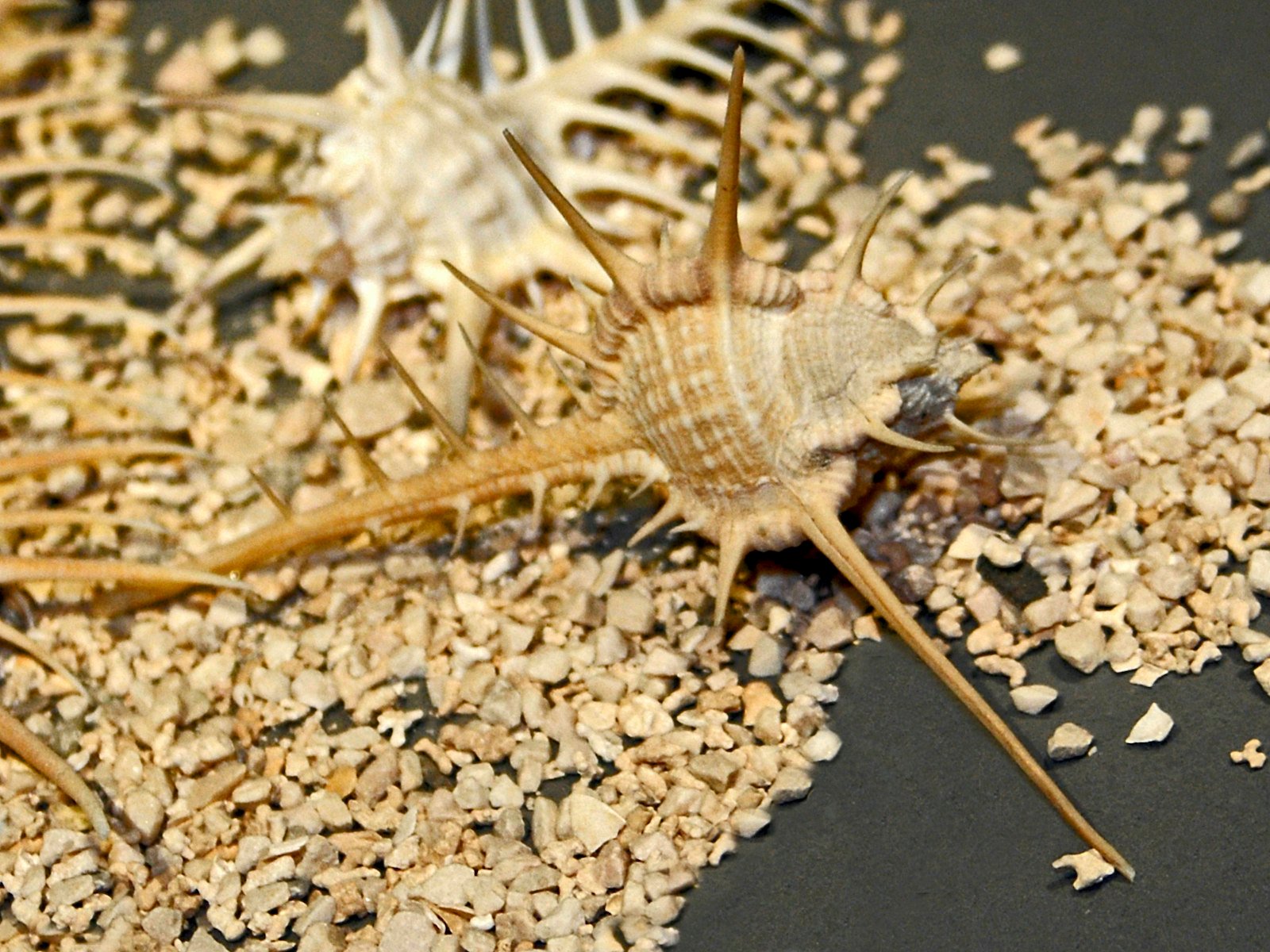While working on the Summer 2025 issue of Easy Weaving with Little Looms—themed “Shifting Colors”—I couldn’t help but think about all the dyes weavers have used throughout the years to create beautiful colors for their cloth. For millennia, spinners and weavers had to rely on the dyes found in nature, including indigo for blues, weld for yellow, madder for red, and, of course, snail spit for purple.
Okay, that last one is a bit of an exaggeration—it’s actually the mucus of the murex sea snail that was used for one of the most famous dyes in the world: Tyrian purple, also known as royal purple. Historians think dyers started using murex mucus (try saying that three times fast!) well over three thousand years ago in ancient Phoenicia. (As a fun aside, there are a few ancient stories that claim the dye properties of murex mucus were discovered by none other than Hercules himself or more accurately, his dog. According to the story, Hercules’s beloved pet bit a sea snail and ended up with a purple muzzle.)
Believe it or not, this new dye was an absolute game changer. It was not only a beautiful vivid shade of purple, but it was also colorfast.
 An example of modern wool dyed using murex-based dye surrounded by murex shells. Photo by SalemOptix on Wikimedia Commons
An example of modern wool dyed using murex-based dye surrounded by murex shells. Photo by SalemOptix on Wikimedia Commons
However, the dye required a lot of work—gathering the thousands (yes, thousands) of sea snails needed for just a gram of dye is not an easy task nor was harvesting the mucus from the snails. While we don’t know much about the process used by the ancient Phoenicians to get the dye, we do know it was very labor intensive. As a result, Tyrian purple was very expensive. This meant only the wealthy could afford garments dyed with Tyrian purple, so the color became associated with the wealthy. Eventually who could wear garments dyed with Tyrian purple became regulated by what are known as sumptuary laws (laws that dictate who can use what luxury items). At first the dye was limited to elite Roman officials, but then, in the fourth century CE, the law was changed to allow only the emperor to wear the color.
Angela Tong’s Purple Rain Scarf from the Summer 2025 issue. No snails were harmed in the making of this beautiful purple scarf. Photo by Matt Graves
Now, thankfully, anyone can wear purple, and we have many, many other options when it comes to dyes—ones that don’t require overharvesting an ocean creature. In fact, if this article has you itching to weave with purple, check out Angela Tong’s gorgeous Purple Rain Scarf in the Summer issue. No snails required!
Happy Weaving!
Christina
** Photo used with permission via CC3.0 license. creativecommons.org/licenses/by-sa/3.0

